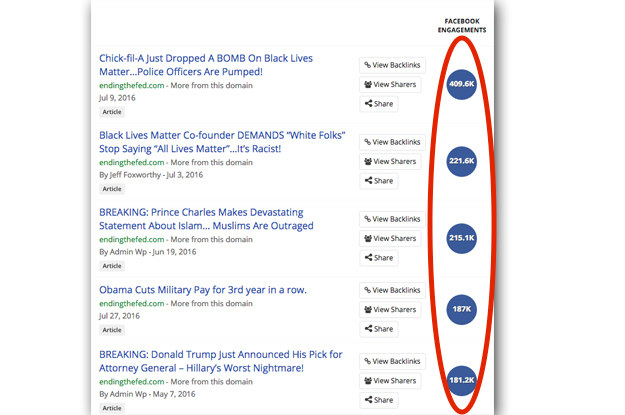It’s been a few weeks since I posted a blog update, and we’ve had some great posts in the meantime. Here’s what RDO enthusiasts have been blogging about for the last few weeks.
Native DHCP support in OVN by Numan Siddique
Recently native DHCP support has been added to OVN. In this post we will see how native DHCP is supported in OVN and how it is used by OpenStack Neutron OVN ML2 driver. The code which supports native DHCP can be found here.
… read more at http://tm3.org/8d
Manual validation of Cinder A/A patches by Gorka Eguileor
In the Cinder Midcycle I agreed to create some sort of document explaining the manual tests I’ve been doing to validate the work on Cinder’s Active-Active High Availability -as a starting point for other testers and for the automation of the tests- and writing a blog post was the most convenient way for me to do so, so here it is.
… read more at http://tm3.org/8e
Exploring YAQL Expressions by Lars Kellogg-Stedman
The Newton release of Heat adds support for a yaql intrinsic function, which allows you to evaluate yaql expressions in your Heat templates. Unfortunately, the existing yaql documentation is somewhat limited, and does not offer examples of many of yaql’s more advanced features.
… read more at http://tm3.org/8f
Tripleo HA Federation Proof-of-Concept by Adam Young
Keystone has supported identity federation for several releases. I have been working on a proof-of-concept integration of identity federation in a TripleO deployment. I was able to successfully login to Horizon via WebSSO, and want to share my notes.
… read more at http://tm3.org/8g
TripleO Deploy Artifacts (and puppet development workflow) by Steve Hardy
For a while now, TripleO has supported a “DeployArtifacts” interface, aimed at making it easier to deploy modified/additional files on your overcloud, without the overhead of frequently rebuilding images.
… read more at http://tm3.org/8h
TripleO deep dive session #6 (Overcloud – Physical network) by Carlos Camacho
This is the sixth video from a series of “Deep Dive” sessions related to TripleO deployments.
… read more at http://tm3.org/8i
Improving QEMU security part 7: TLS support for migration by Daniel Berrange
This blog is part 7 of a series I am writing about work I’ve completed over the past few releases to improve QEMU security related features.
… read more at http://tm3.org/8j
Running Unit Tests on Old Versions of Keystone by Adam Young
Just because Icehouse is EOL does not mean no one is running it. One part of my job is back-porting patches to older versions of Keystone that my Company supports.
… read more at http://tm3.org/8k
BAND-AID for OOM issues with TripleO manual deployments by Carlos Camacho
First in the Undercloud, when deploying stacks you might find that heat-engine (4 workers) takes lot of RAM, in this case for specific usage peaks can be useful to have a swap file. In order to have this swap file enabled and used by the OS execute the following instructions in the Undercloud:
… read more at http://tm3.org/8l
Debugging submissions errors in TripleO CI by Carlos Camacho
Landing upstream submissions might be hard if you are not passing all the CI jobs that try to check that your code actually works. Let’s assume that CI is working properly without any kind of infra issue or without any error introduced by mistake from other submissions. In which case, we might ending having something like:
… read more at http://tm3.org/8m
Ceph, TripleO and the Newton release by Giulio Fidente
Time to roll up some notes on the status of Ceph in TripleO. The majority of these functionalities were available in the Mitaka release too but the examples work with code from the Newton release so they might not apply identical to Mitaka.
… read more at http://tm3.org/8n
Quelle: RDO







